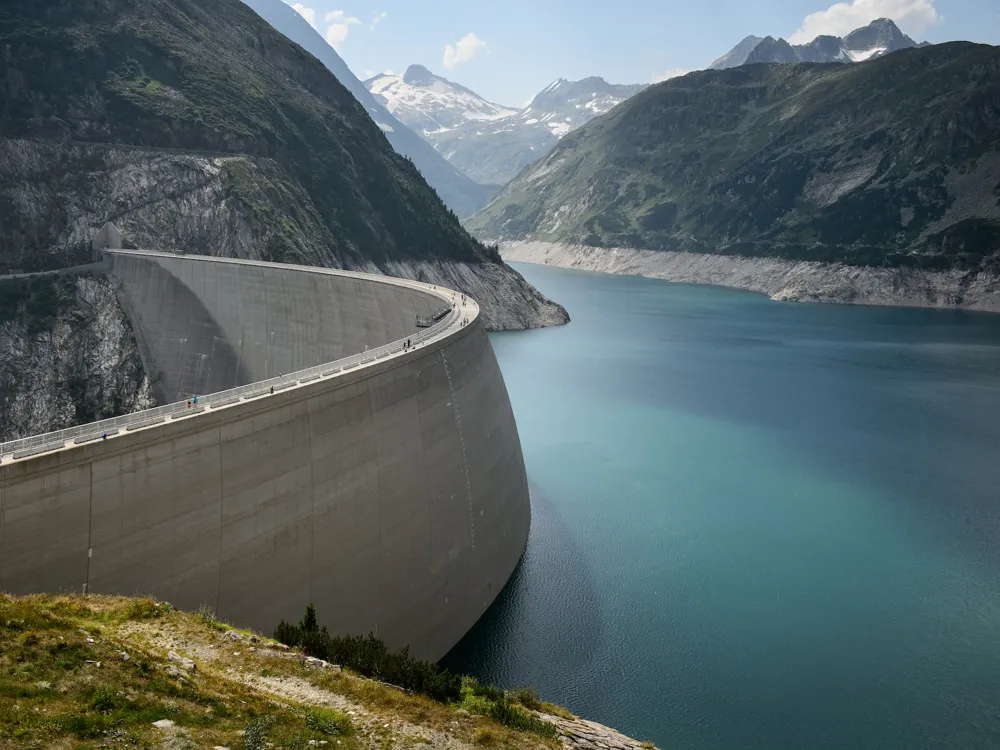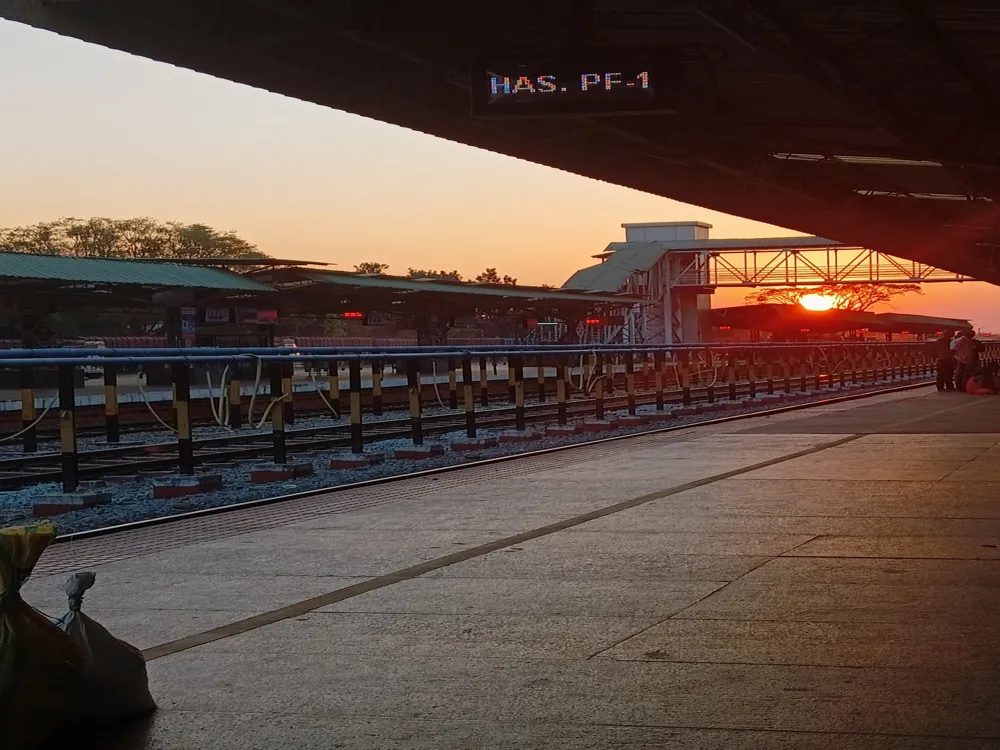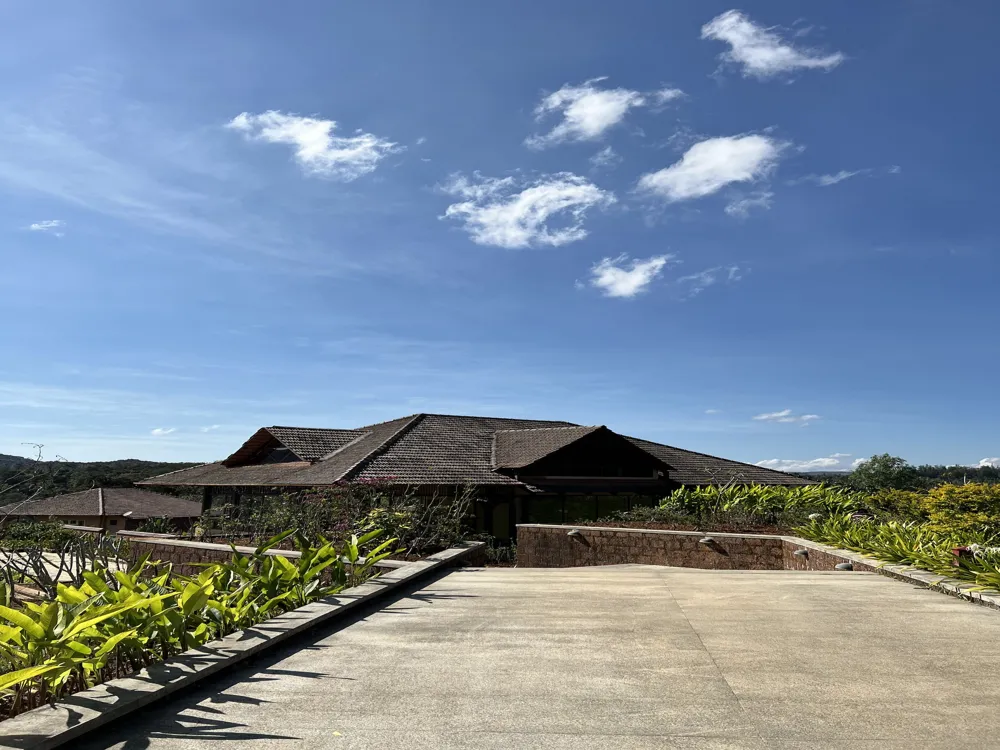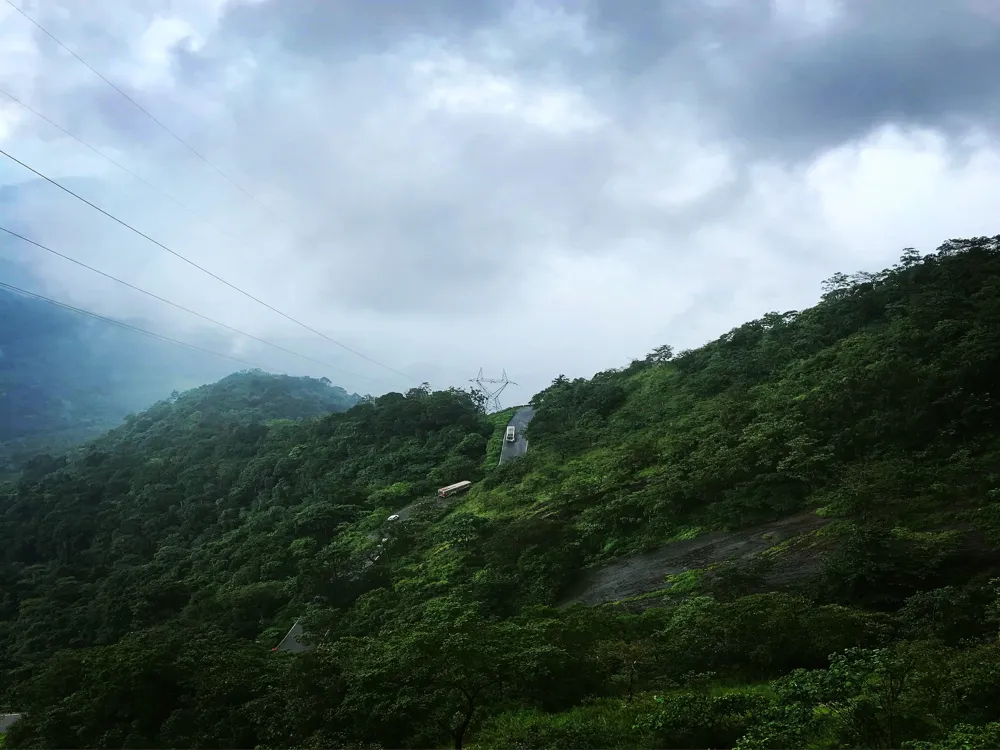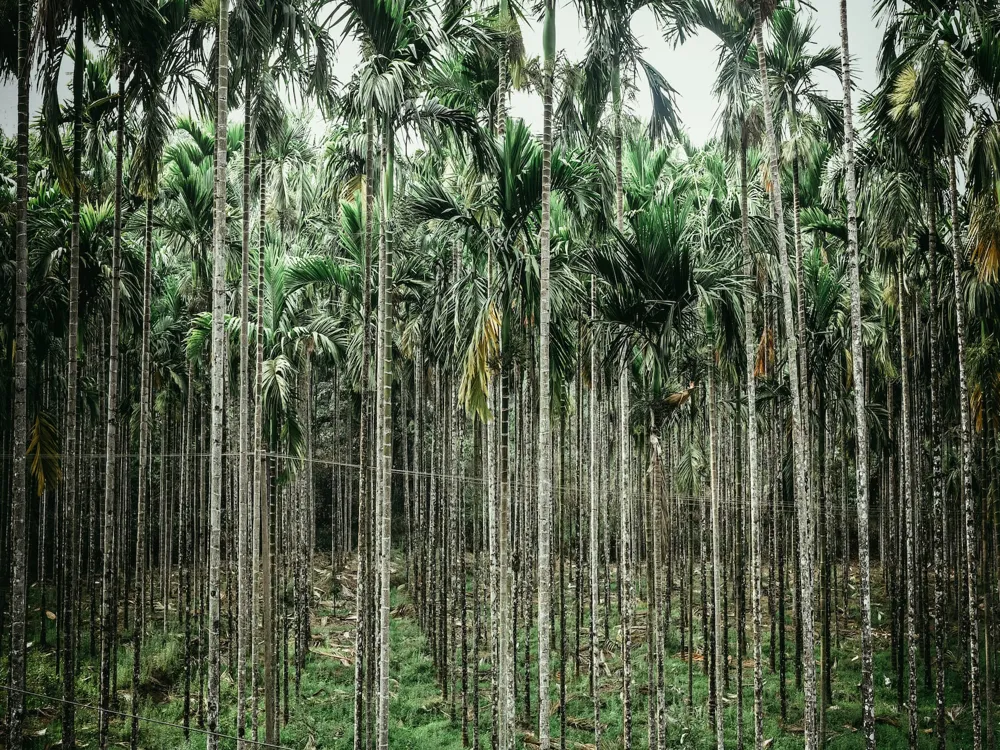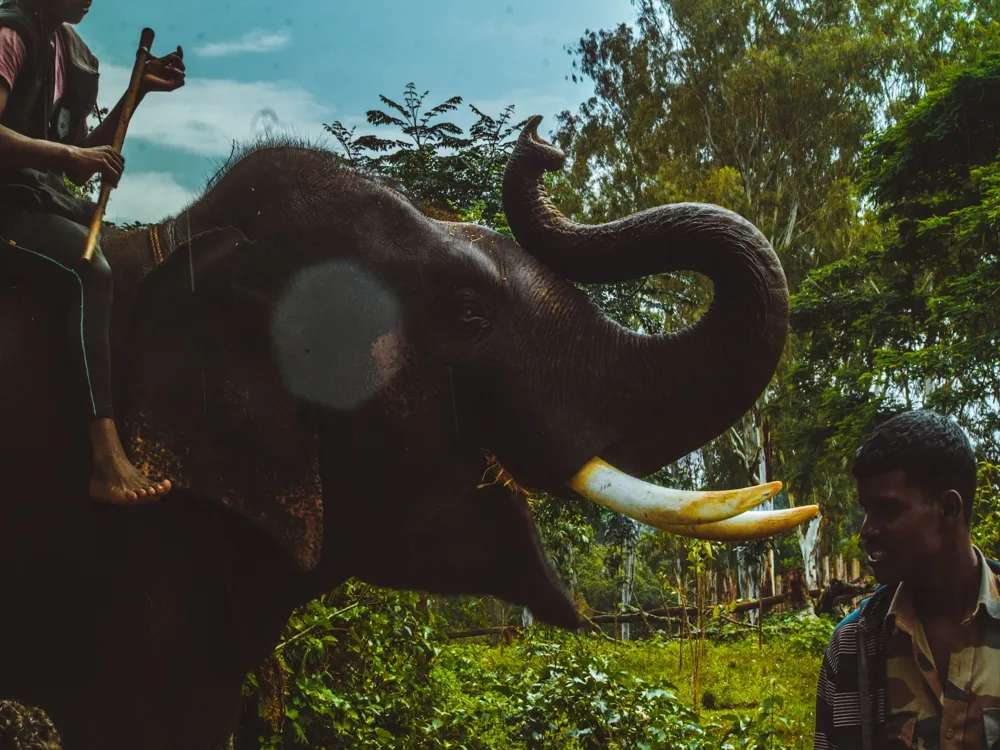Nestled in the serene landscapes of Hassan, Karnataka, the Ramanathpura Temples stand as a testament to the rich cultural and architectural heritage of India. This cluster of temples, dating back to various periods in history, offers a mesmerizing glimpse into the spiritual and architectural prowess of ancient Indian civilizations. Each temple in Ramanathpura narrates its own story, weaving a tapestry of mythology, art, and devotion that has stood the test of time. The temples are predominantly dedicated to various Hindu deities, with intricate carvings and sculptures adorning their walls. The craftsmanship displayed in these structures is not just a reflection of religious fervor but also a showcase of the skilled artisans of the bygone eras. The blend of various architectural styles seen in these temples indicates the historical transitions and cultural exchanges that have influenced the region over centuries. From the majestic temple towers to the detailed carvings of gods, goddesses, and mythological scenes, each aspect of Ramanathpura's temples is imbued with symbolism and artistic excellence. These temples are not just places of worship; they are repositories of history and art. They attract not only devotees but also historians, art lovers, and tourists from all over the world. The ambiance of tranquility and spirituality that pervades these ancient structures provides a soulful retreat from the bustle of modern life. The Ramanathpura Temples are a true cultural gem of Karnataka, mirroring the spiritual ethos and architectural grandeur of India's rich past. The architecture of the Ramanathpura Temples in Hassan, Karnataka, is a splendid showcase of the evolution of Indian temple architecture. These temples, built over different periods, present a diverse range of styles, each with its unique characteristics and aesthetic appeal. The architectural designs seen here are influenced by various dynasties that ruled the region, including the Hoysalas, Chalukyas, and Vijayanagara empires, each leaving an indelible mark on the temple structures. One of the most striking features of these temples is the intricate carvings and sculptures that adorn their walls. The stone carvings depict scenes from Hindu mythology, epics like the Ramayana and Mahabharata, and the life of various deities. These carvings are not just religious representations but also a window into the social, cultural, and daily life of the period. The sculptures showcase the exceptional skill and creativity of the artisans, with attention to the finest details. The temple complex typically features a 'Garbhagriha' or sanctum sanctorum, a 'Mandapa' or hall, and often a towering 'Gopuram' or gateway. The Garbhagriha houses the deity and is considered the most sacred part of the temple. The Mandapa serves as a gathering space for devotees and is often richly decorated with columns and carvings. The Gopuram, seen in many Dravidian-style temples, adds to the grandeur of the temple with its towering presence and elaborate sculptures. The use of locally sourced materials, such as soapstone and granite, is prevalent in the construction of these temples. These materials not only provided durability but also lent themselves well to the intricate carving and sculpting. The layout of the temples often follows astrological and cosmological concepts, with the structures aligned according to the cardinal directions and designed to harmonize with the natural surroundings. The fusion of various architectural styles over time has given the Ramanathpura Temples a unique identity. They serve as a living museum, displaying the evolution of temple architecture in South India. The harmonious blend of art, religion, and architecture in these temples makes them an invaluable part of India's cultural heritage. While visiting the Ramanathpura Temples, it's important to respect the local customs and traditions. Dress modestly, remove shoes before entering the temple premises, and adhere to any specific guidelines provided at the temple. The best time to visit these temples is during the cooler months from October to March. The weather is pleasant, making it easier to explore the temple complex and its surroundings. Photography might be restricted inside the main temple sanctums. Always check for signs indicating photography rules or ask the temple authorities for permission. Opting for a guided tour can enhance your experience, as guides can provide detailed insights into the history, architecture, and mythology associated with the temples. The region can get quite warm, especially during mid-day. Carry water, wear comfortable clothing, and use sun protection to ensure a pleasant visit. Ramanathpura Temples, located in Hassan, Karnataka, are accessible by various means of transportation. The nearest major city is Bangalore, which is well-connected by road, rail, and air. From Bangalore, one can opt for buses, taxis, or self-driven vehicles to reach the temple town. The drive from Bangalore to Ramanathpura is scenic and takes about 4 to 5 hours. For those preferring rail, Hassan has its railway station, and from there, local transport can be taken to reach the temples. The nearest airport is in Bangalore, from where one can hire a taxi or take a bus to Hassan. The journey to Ramanathpura Temples is not just about reaching a destination but is an experience in itself, offering picturesque views of Karnataka's countryside. Read More:Overview of Ramanathpura Temples in Hassan, Karnataka
The architecture of Ramanathpura Temples
Tips When Visiting Ramanathpura Temples
Respect Local Customs and Traditions
Best Time to Visit
Photography Guidelines
Guided Tours
Stay Hydrated and Protected
How To Reach Ramanathpura Temples
Ramanathpura Temples
Hassan
Karnataka
NaN onwards
View hassan Packages
Hassan Travel Packages
View All Packages For Hassan
Top Hotel Collections for Hassan

Private Pool

Luxury Hotels

5-Star Hotels

Pet Friendly
Top Hotels Near Hassan
Other Top Ranking Places In Hassan
View All Places To Visit In hassan
View hassan Packages
Hassan Travel Packages
View All Packages For Hassan
Top Hotel Collections for Hassan

Private Pool

Luxury Hotels

5-Star Hotels

Pet Friendly










